8 beautiful medieval cities that are well preserved
Categories: Culture | Design and Architecture | Europe | People | Photo project | Society | Travel | World
By Vika https://pictolic.com/article/8-beautiful-medieval-cities-that-are-well-preserved.htmlDo you ever want to go back to the past? Some of the most well-preserved medieval cities in Europe offer the following: a look at the everyday life, practical beauty, and architectural wonders of the Mediterranean.
The history of war, climate change, the renewal of cities, and general methods of modernization has led to the loss of many medieval buildings. Some cities were fortunate to have in their limits several constructions of the Middle Ages, at the same time as others could boast no more than one or two buildings. The best of all preserved medieval cities represent their own numerous working parts of the city center - fortress walls, cathedrals, castles, towers, etc. e. - and evoke a general feeling of devotion.
Here are a few of the most well-preserved medieval cities. Which of them would have been your choice for travel in the Middle Ages?
8 PHOTOS
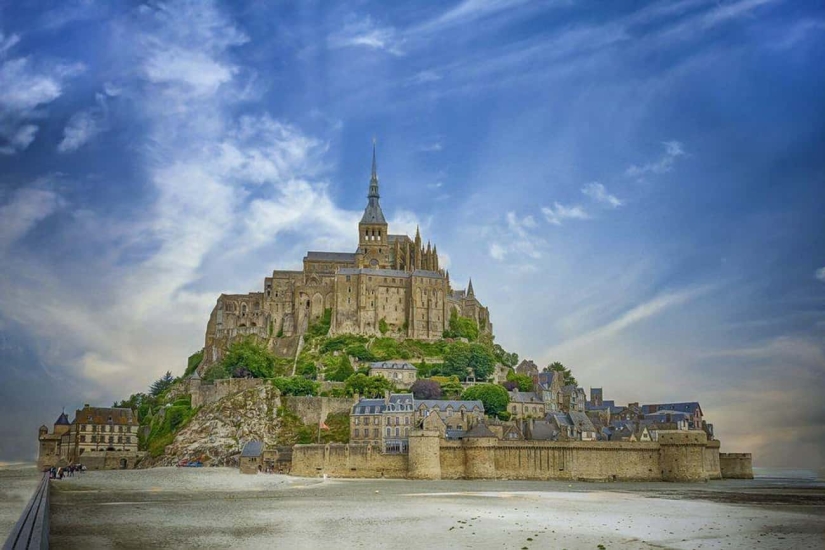
1. Located on a tidal island off the coast of Normandy, Mont Saint-Michel was legendarily founded by Bishop Aubert of Avranches in the eighth century. Ober claimed that Archangel Michael called him to build a church on the island, which turned into a monastery by the end of the 19th century. The architecture of Mont Saint-Michel shows that construction continued from the 11th to the 16th centuries, mixing Romanesque and Gothic styles. The remoteness of Mont Saint-Michel contributed to its holiness while protecting it from threats from outsiders. Accessed by a causeway, the tides create problems for visitors. When the so-called “supportive” hit in 2015, it completely cut off Mont Saint-Michel from the rest of Europe.
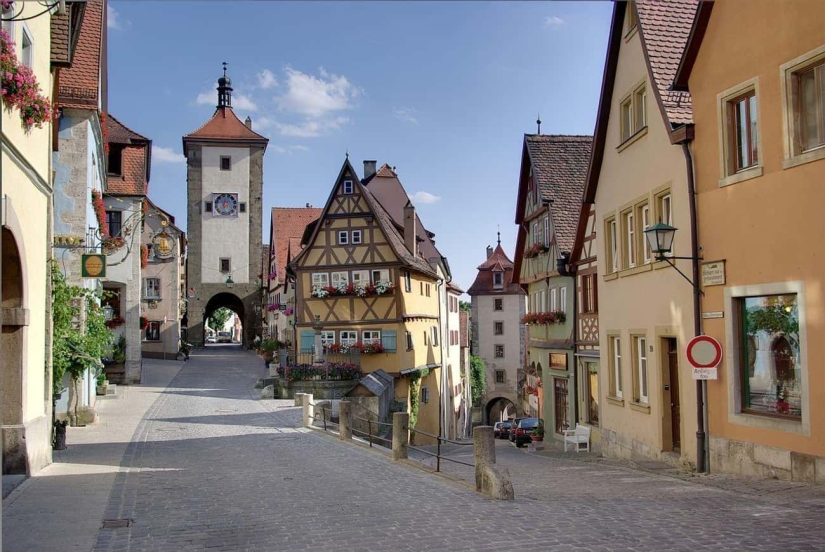
2. Also known as Rothenburg ob der Tauber, or the Red Keep above the Tauber, Rothenburg rises above the Tauber River. Inhabited in the prehistoric period, Rothenberg is best known for its medieval architecture.

3. Steeped in history that dates back to the pre-Roman period, Carcassonne served as a fortified settlement. The Cité de Carcassonne was under the sovereignty of the local viscounts until the Albigensian crusade of the 13th century. The efforts of the Crusaders, tasked with destroying the Cathars in the region, resulted in Cité coming under royal possession in 1226. From the 14th to the 16th century, Carcassonne saw a wave of new construction, especially under King Philip IV of France, and it was not until the 17th century that it came to prominence. Nearly demolished by the French government in the 19th century, the Cité de Carcassonne was given a reprieve and rebuilt under the auspices of Viollet-le-Duc and Paul Besvillwald.
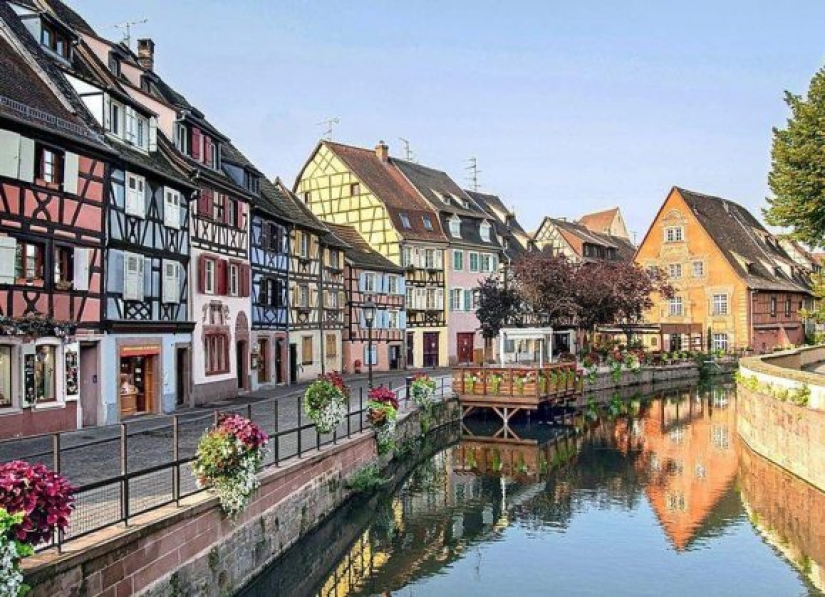
4. Once inhabited by the Romans, Colmar is first mentioned in one of the chronicles detailing the Saxon wars of Charlemagne in the eighth and ninth centuries. Colmar, located in northeastern France, became an imperial city of the Holy Roman Empire under Emperor Frederick II in 1226. As a prominent city in the Alsace region, Colmar became part of the Decapolis league in 1345, a group of 10 cities that united to defend their imperial rights. While the political and social history of Colmar has been shaped, so has a unique architecture that has largely remained in place. The canals that run through Colmar overlook the half-timbered houses, narrow paths, and cobbled streets that have earned the city the nickname "Little Venice".
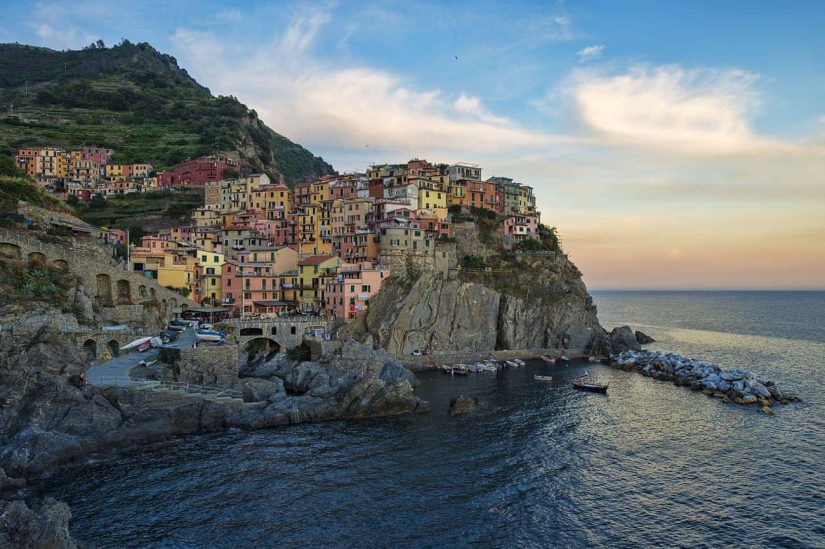
5. Cinque Terre, consisting of five cities, is located along the coast of the Italian Riviera. Monterosso, Vernazza, Corniglia, Manarola, and Riomaggiore have developed over the centuries, with terraces built to grow grapes, citrus, and olives next to residential buildings. Access has always been limited in the Cinque Terre, and footpaths have served as the easiest way to get in and out of the area since ancient times. As well-known fishing villages in the medieval period, the towns in the Cinque Terre were increasingly visited by sea, with trains now tunneling through the rocks to offer additional entry and exit routes.
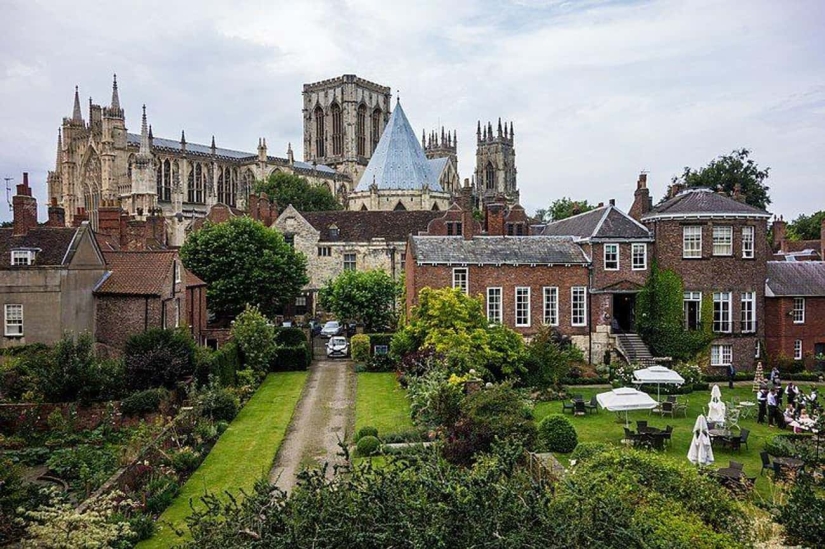
6. York offers a layered history. Founded by the Romans, occupied by the Anglo-Saxons, attacked by the Vikings, and forcefully controlled by the Normans, medieval York was a center of both political and religious power. Considered the second capital of sorts, York became more and more fortified as conflicts with Scotland grew, resulting in the longest stretch of medieval city walls still in existence in England. York Minster in the Gothic style is located on the site of a stave church built-in 627.
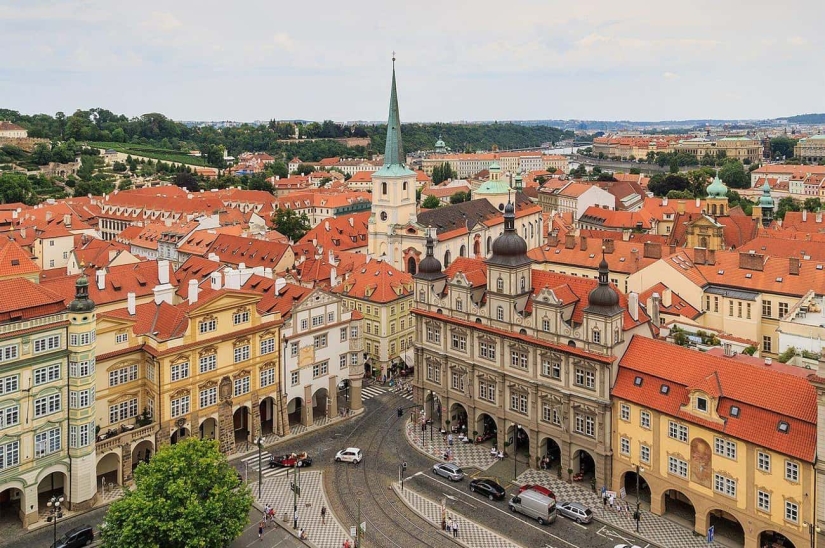
7. As an important economic center in the Middle Ages, Prague served as the seat of power for the kings of Bohemia by the 14th century. After the Holy Roman Emperor Charles IV turned Prague into his imperial capital, the city increased in size and importance. As the capital of Czechoslovakia, Prague was bombed during World War II - the city was occupied by the Third Reich until 1945 - much of the medieval architecture escaped destruction. However, unlike other European capitals, Prague remains the center of Romanesque and Gothic structures.
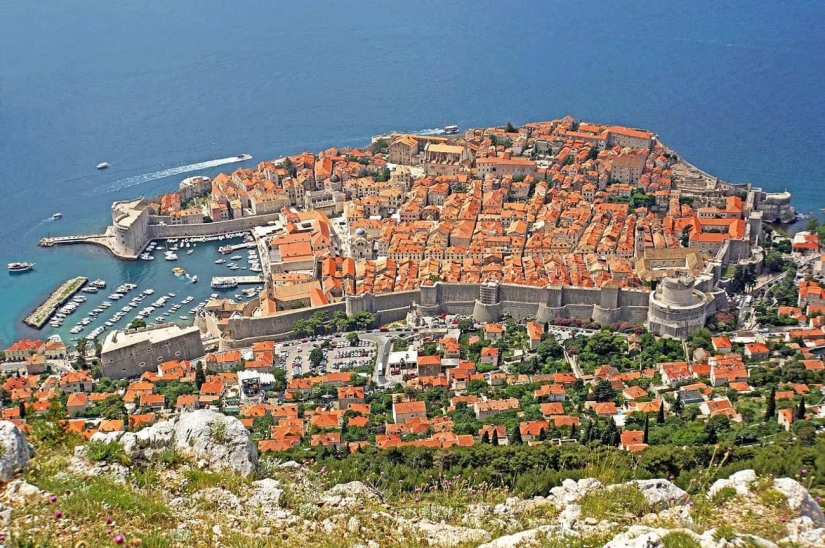
8. Overlooking the Adriatic Sea, Dubrovnik served as a pre-eminent maritime power in the Middle Ages, thanks in large part to the walls and towers that surround its infrastructure. Dubrovnik was occupied during the Roman era, although it did not flourish until the seventh and eighth centuries under Byzantine patronage. By the 12th century, Dubrovnik was a thriving trading center, a distinction that the city maintained until the 19th century. The famous walls of Dubrovnik were the filming location for Game of Thrones, with the entire city representing King's Landing. These walls were built as the prestige of Dubrovnik grew, over the existing wooden fortifications.
Keywords: Medieval cities | Countries | Travel | World | Tourism | Photo projects | Architecture | Design | Culture | Europe | Practical beauty
Post News ArticleRecent articles

At first glance, these colorful works look like ordinary paintings - but upon closer inspection, it turns out that they are made... ...

I want to somehow distract myself from the news about the pandemic and plunge into the beautiful. Here, for example, is a story ...
Related articles

The Himalayas. Tibet. Something cosmic and ethereal sounds in the names. They attract visitors from all over the world. In front of ...

If you like peace and privacy, it is unlikely that you will choose a metropolis, going on vacation. Especially when in the world ...

Walking through this picturesque bridges, you can admire the views from these stunning views and breathtaking landscapes. We invite ...

Serbian surrealist artist Dragan Ilić creates astonishing and provocative paintings that blend symbolism with eroticism, and ...